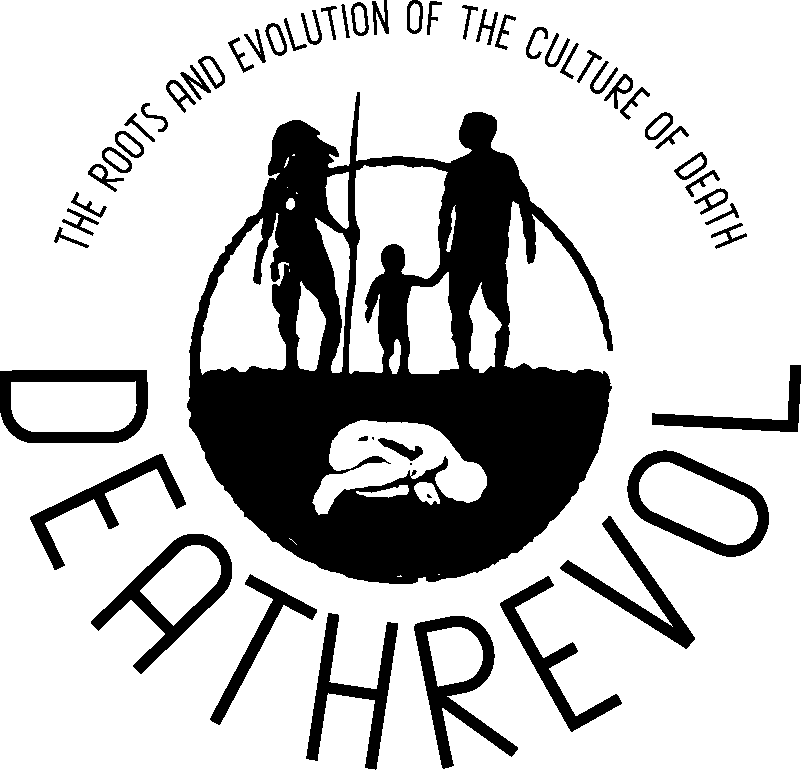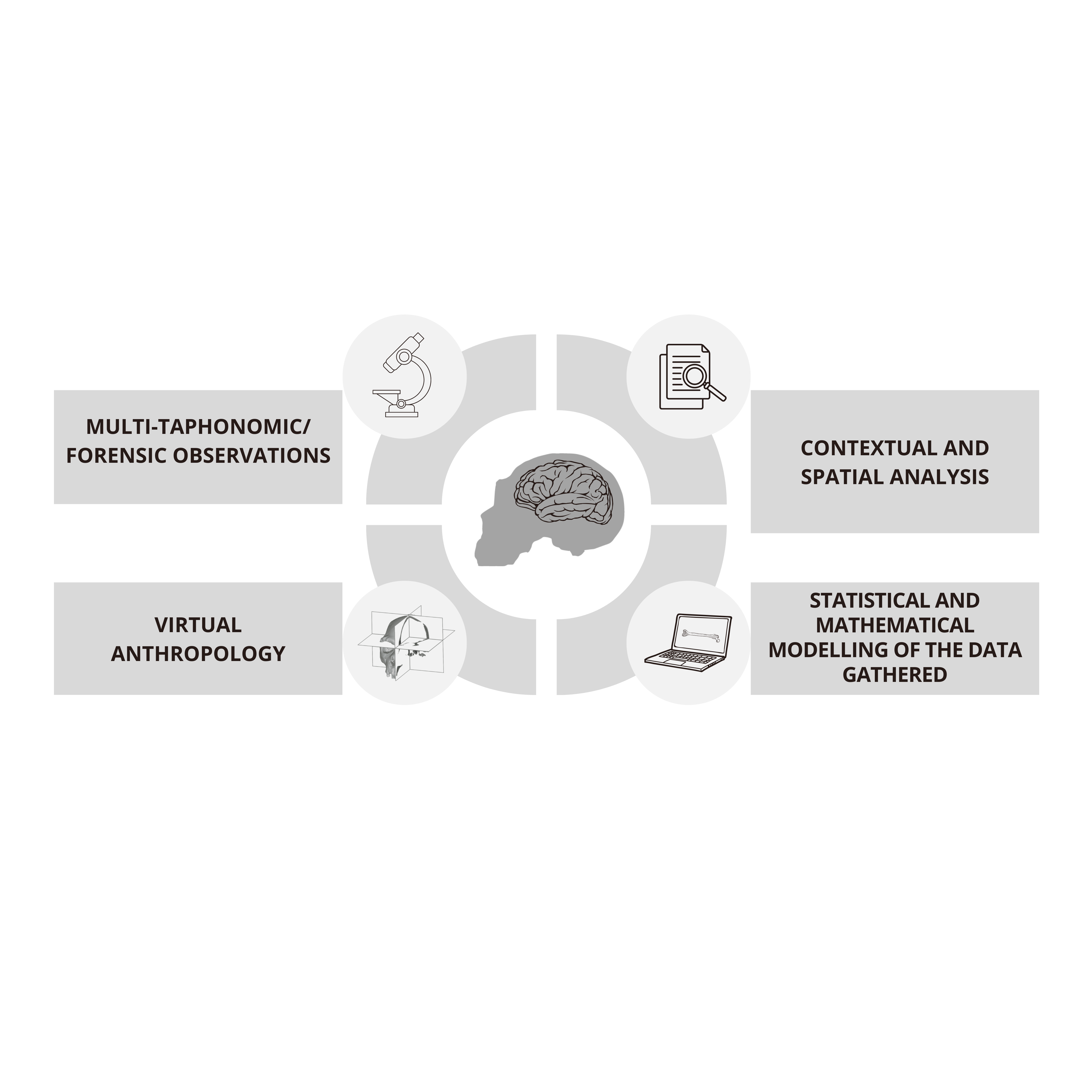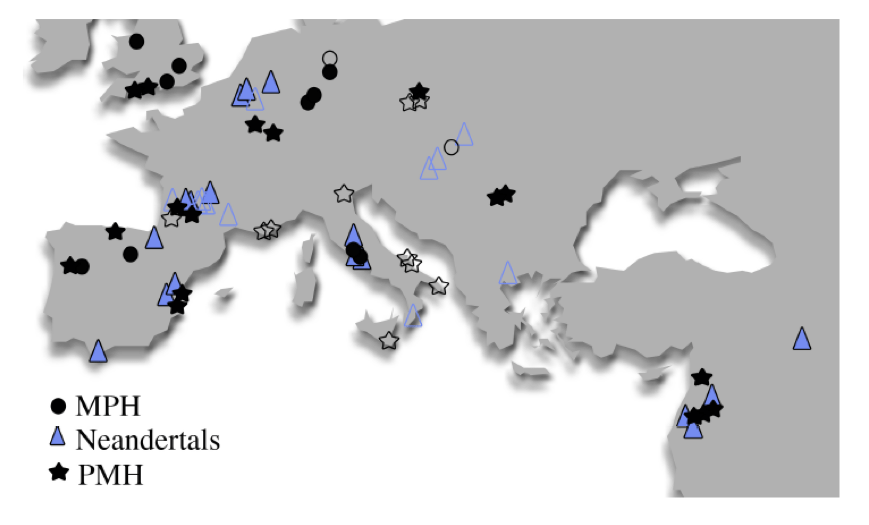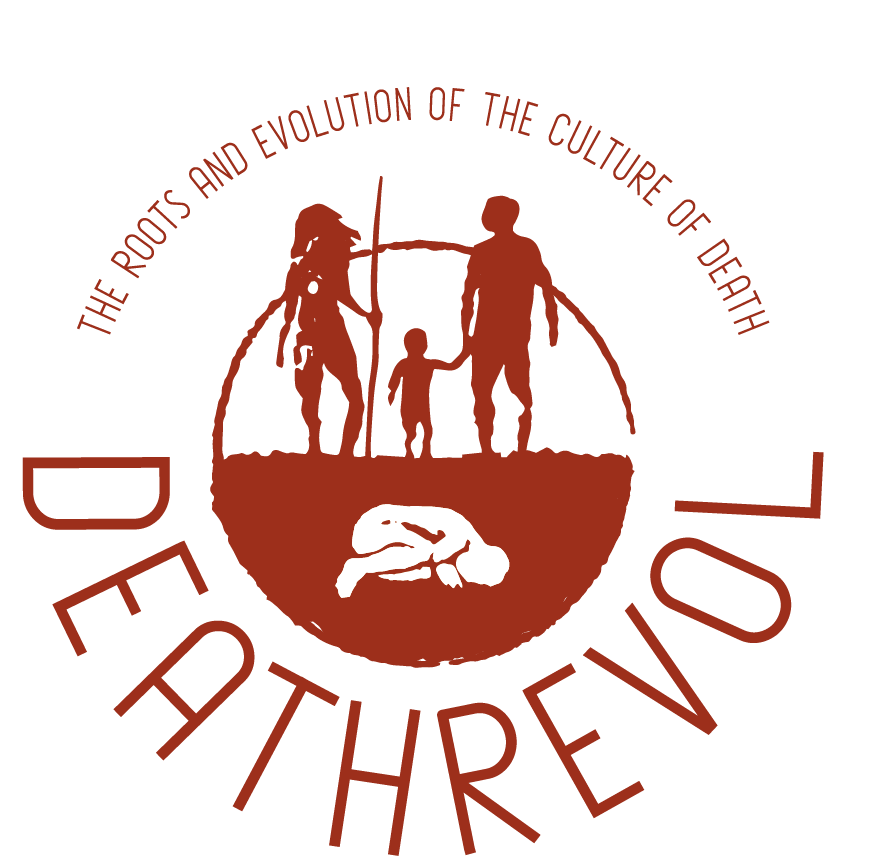There can be no more profound insight into the human mind than the complex cultural practices surrounding death. While all human cultures across the globe currently engage in funerary practices, the emergence of funerary behaviour is one of the most disputed aspects in the field of human evolution. New methodological approaches in the taphonomy field can help illuminate fundamental facets of hominin behaviour, thus contributing greatly to our understanding of our ancestors. The European fossil record is a key resource in this regard, due to the relative abundance of fossil skeletons, many of which have been interpreted as burials, as well as the possible biological and cultural interactions between different human species. Nevertheless, direct taphonomic analyses conducted on these human fossils are rare and essentially limited to those cases with possible signs of cannibalism. DEATHREVOL proposes a multidisciplinary research approach to investigate the origin of funerary behaviour during the Middle Pleistocene and to trace this behaviour throughout the European Palaeolithic archaeological record. This project aims to address the dearth of taphonomic studies on Palaeolithic hominins and represents the first large-scale project focusing on a thorough multi-taphonomic study of the European fossil record. The results could potentially significantly alter our views on behavioural aspects of European Palaeolithic populations. In particular, the results will examine whether the culture of death predated the appearance of modern humans and Neandertals.
- GOALS:
- To determine the time of emergence of the culture surrounding death
- To trace the evolution and diversity of mortuary practices in the European fossil record
- To generate a broad multi-taphonomic database
- To establish a taphonomic protocol
- To propose systematic models for funerary behaviours throughout the Paleolithic

- METHODS:
We will integrate multi-taphonomic techniques with forensic, geological, archaeological, spatial, mathematical and symbolic evidence in order to paint a comprehensive picture of human-behaviour. Tasks will be distributed inherent to the methods in four main methodological areas: multi-taphonomic/forensic observations, spatial analysis, contextual analysis and statistical and mathematical modelling of the data gathered.

- WHERE?:
DEATHREVOL is a project based on the analysis of different and related proxies on a continental scale. We are focused on the forensic-taphonomic analysis of Middle Pleistocene hominins and Late Pleistocene hominins, including Neandertals and Upper Paleolithic Homo sapiens. This requires a continental scale scenario including Europe and some relevant specific places from the Near East. This will facilitate the establishment of any patterns in funerary practices, based on chronology, geographic location or cultural association.

